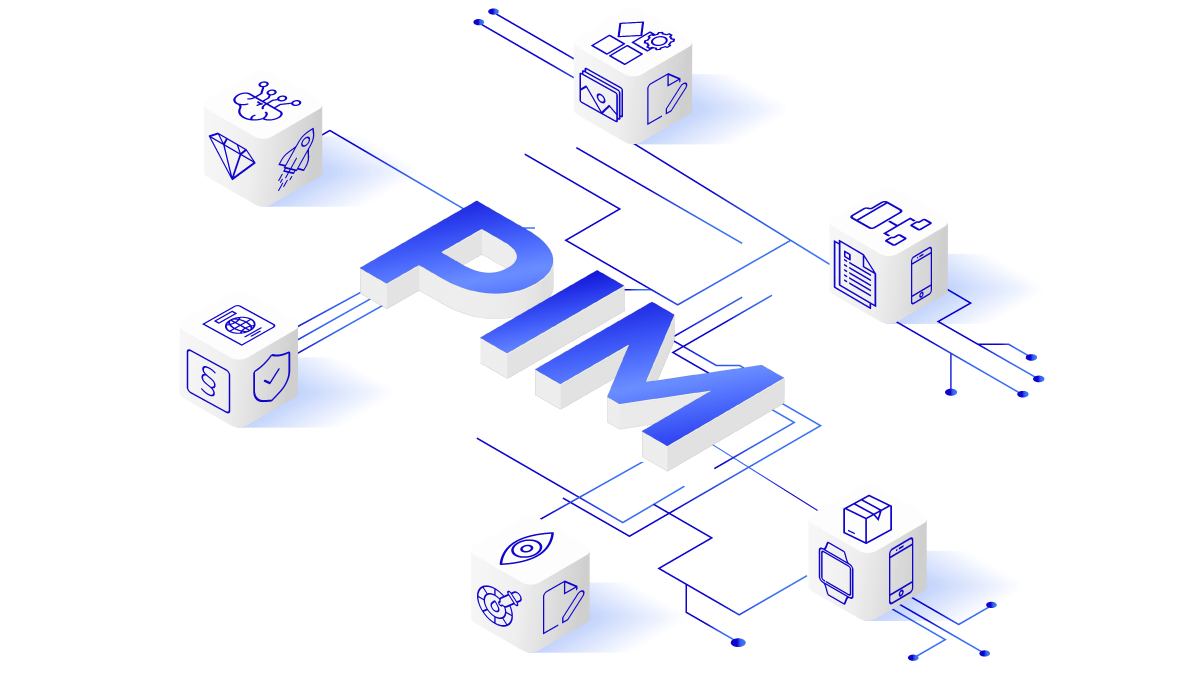What Are the Main Benefits of Using a PIM System?

Table of Contents
-
- Launch Products Faster and Outpace Competitors
- Deliver Accurate, Consistent Product Information Everywhere
- Expand Easily Across Channels
- Work Smarter Through Automation and AI
- Create Engaging, Conversion-Ready Product Content
- Improve Team Collaboration and Accountability
- Gain Insights to Improve Data Quality and Sales Performance
- Build a Scalable Foundation for Growth
- The Smarter Way Forward: Why Choose Bluestone PIM
Managing thousands of SKUs in Ecommerce?
Get monthly tips to become the e-commerce pro your team needs.
Every business tool promises better productivity or cleaner data. But few can truly change how a company works day to day. A Product Information Management (PIM) system does.
It reshapes how products are described, managed, and sold across every channel.
Let’s look at the main benefits of using a PIM system and how Bluestone PIM’s MACH-based, API-first architecture gives you the edge.
Launch Products Faster and Outpace Competitors
A single source of product truth lets you publish accurate content to every channel, like websites, marketplaces, print catalogues, and apps at the same time.
This removes bottlenecks between teams, eliminates duplicated effort, and cuts your time-to-market by up to 50%.
Business Benefits
- Rapid product launches across all digital and physical touchpoints
- Quicker campaign and seasonal updates
- Faster response to new opportunities and channels
Quick Takeaway:
When everyone works from one central record, your business gains speed, while your competitors struggle to keep up.

DOWNLOAD FREE E-BOOK
Product Information Management Made Simple
Your go-to resource for understanding, choosing, and using a PIM system to grow your business. Packed with clear explanations, real examples, and practical advice, this guide shows how to manage product data efficiently, improve consistency across channels, and speed up time-to-market.
Deliver Accurate, Consistent Product Information Everywhere
Data inconsistency is one of the biggest causes of lost sales and customer frustration.
A PIM solution ensures that every piece of data, from technical specs and product descriptions to high quality images and digital assets, stays consistent across multiple channels.
Once updated in PIM, that information automatically flows everywhere it’s needed.
Business Benefits
- One single source of truth for all platforms
- Fewer product returns and reduced operational costs
- Consistent, reliable data that builds customer confidence
Quick Takeaway:
When your customers see the same accurate information everywhere, they trust your brand and that trust drives customer satisfaction.
Expand Easily Across Channels
Selling through multiple sales channels can quickly create data silos and duplicated work.
A PIM solution simplifies this with automated syndication, ensuring accurate product data reaches every outlet, from e-commerce sites to marketplaces and printed sales materials.
AI mapping ensures your product listings adapt perfectly to each platform’s format and requirements.
Business Benefits
- Less manual data entry or duplication
- Consistent brand experience across all touchpoints
Quick Takeaway:
PIM turns multichannel selling from a burden into a growth opportunity, giving you the freedom to scale without losing control.
Work Smarter Through Automation and AI
Modern PIM systems combine automation with artificial intelligence to take over repetitive, time-consuming tasks that often lead to errors. AI can detect missing or inconsistent data, suggest corrections, generate new product descriptions, and even translate content automatically.
Routine tasks such as attribute validation, content enrichment, and image or file updates happen in the background, keeping product data complete and consistent without constant manual effort.
Instead of spending hours fixing data issues, your teams can focus on product strategy, campaign planning, and creative work that drives growth.
Business Benefits
- Reduced manual updates and corrections
- AI-assisted validation and enrichment to maintain data accuracy
- Automated translations and content generation
- Shorter product update and publishing cycles
Quick Takeaway:
Automation and AI keep your product data accurate, multilingual, and up to date, freeing your teams to spend time on strategy rather than admin.
Create Engaging, Conversion-Ready Product Content
PIM makes it easy to build complete, attractive product listings. You can combine detailed specifications, rich media, and compelling descriptions all within a single platform. Structured content also improves your search visibility and overall customer experience.
Business Benefits
- Stronger SEO performance with structured data
- More informative, persuasive product pages
- Consistent tone and branding across all markets
Quick Takeaway:
When your content looks professional and informative, customers feel confident to buy and your conversion rate rises.
Improve Team Collaboration and Accountability
When every department works in separate systems, confusion is inevitable. PIM brings everyone together (product managers, marketing, logistics, and suppliers) inside one shared workspace.
Roles and permissions keep tasks clear, while built-in feedback tools help teams coordinate without endless email threads.
Business Benefits
- Transparent workflows and shared visibility
- Clear ownership of tasks and updates
- Better teamwork and fewer delays
Quick Takeaway:
Collaboration is smoother and faster when everyone works from the same reliable data source.
Gain Insights to Improve Data Quality and Sales Performance
A PIM system gives you a clear view of how complete and accurate your product data really is. You can track progress, monitor enrichment status, and spot missing information before it affects sales. This helps you make informed decisions and continuously improve data quality.
Business Benefits
- Full visibility over product data health
- Easy tracking of completeness and accuracy
- Data-driven improvements across teams
Quick Takeaway:
You can’t fix what you can’t see, but PIM software turns data insight into measurable improvement.
Build a Scalable Foundation for Growth
As your business expands, managing product data through spreadsheets or outdated tools quickly becomes unworkable.
A PIM provides a flexible structure that grows with you. It integrates easily with other systems, like ERP, CRM, or digital asset management (DAM) and supports new technologies as they emerge.
Business Benefits
- Seamless integration with existing tools
- Scalable, future-ready architecture
- Compliance-ready data for new regulations such as Digital Product Passport
Quick Takeaway:
A flexible PIM solution future-proofs your organisation, supporting sustainable growth and better product management.
The Smarter Way Forward: Why Choose Bluestone PIM
For companies ready to efficiently manage their product content, Bluestone PIM offers one of the most advanced product information management solutions on the market.
Built on MACH architecture (Microservices, API-first, Cloud-native, and Headless), it’s designed for flexibility, speed, and long-term scalability.
With over 700 API endpoints, integrated AI tools for content creation and translation, and advanced collaboration features, it helps you centralise, automate, and scale product information with ease.
By uniting product data management and collaboration under one roof, Bluestone PIM delivers significant business benefits: lower operational costs, quicker time to market, and higher customer satisfaction.
Talk to Our Team
See how Bluestone PIM can help you launch faster, work smarter, and deliver better product experiences across every channel.




